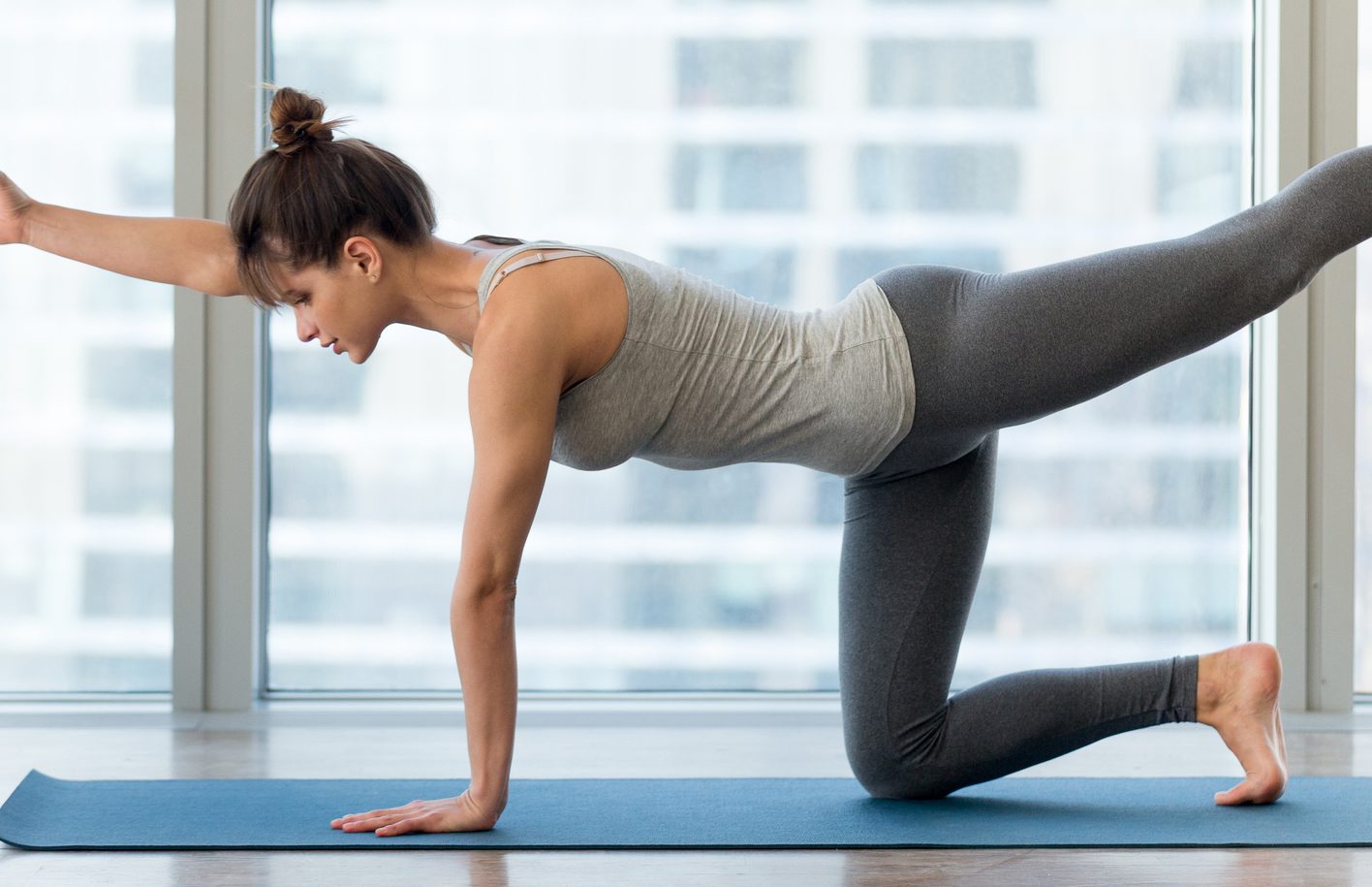Written By: Michelle Millner, PT, DPT, OCS, CMTPT

Let’s walk through an example of this process in an outpatient clinic:
A 70-year-old female comes into the clinic with complaints of upper back/neck pain, and she is having trouble keeping her head up when sitting, standing, and walking. Step 1 is to make sure she understands the relationship between upper back strength and posture. She may need some education regarding the impact of thoracic spine and scapular strength.
Step 2 is to prescribe exercises that are focused on improving trunk extension strength may be appropriate to prescribe. While these exercises are not functional, they are targeted to the specific area in question.
Step 3 is to transition these specific exercises to a functional task. In this case, her goal is to stand and walk without looking down as much. She was instructed to work on a standing exercise with a laser feedback tool while performing gaze and balance tasks. This translates well into her functional daily life.
By following this sequence, most patients will be more motivated to actively participate in their rehabilitative process and therefore make more progress towards their own functional goals.
Interested in learning more? Register for my upcoming Live Webinar on April 23rd, Improving Core Strength and Posture in Older Adults. One-third of people over the age of 65 fall every year. Loss of core and extremity strength may be contributing factors to postural changes, decreased function, and fall risk in older adults. This course provides clinicians with simple and effective tests and measures to assess patients quickly in most clinical environments. By utilizing these strategies, therapists will be able to establish baseline measures of function and track progress through a plan of care. Additionally, clinicians will be able to use these measures as a foundation for building focused exercise programs. Can’t make it? No worries! You can watch this course at any time here.
Explore online continuing education courses from Michelle below:
Improving Core Strength and Posture in Older Adults Part 1: Assessments
Improving Core Strength and Posture in Older Adults Part 2: Exercise Prescription
Evidence-Based Differential Diagnosis and Clinical Reasoning For Unusual Cases of the Spine
Visit summit-education.com for more information.
About Summit Professional Education
Summit equips therapists with better continuing education courses that provide CEUs while impacting patient outcomes. Find high-quality on-demand CE along with the largest offering of live options — including live webinars, live streams, and in-person courses. Want to deep dive on a topic? Summit offers hundreds of 6-hour courses for the most in-depth learning!